 Thou shalt not covet thy partner's wife. But on the other hand rules were made to be broken. 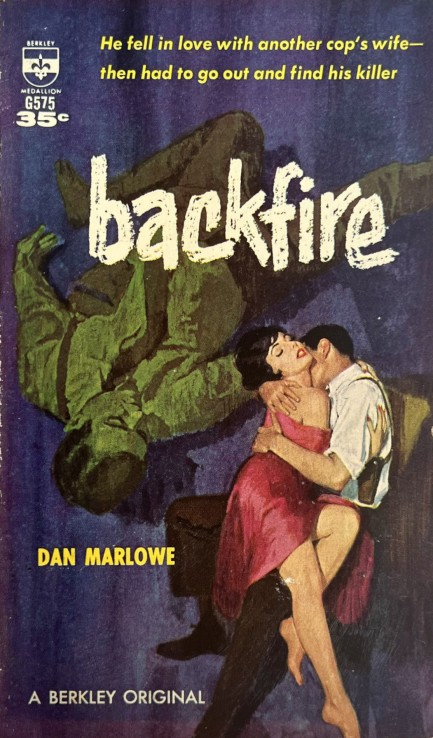
Eager to read another novel by Dan J. Marlowe after enjoying Death Deep Down, we selected 1961's Backfire, for which you see an uncredited cover above. This time Marlowe is in police mode, with the tale of cop named Marty Donovan whose bad practices end with his partner shot dead. In order to save his job he re-stages the crime elsewhere, but he's immediately assigned by his superiors to solve the murder. That puts him in the no-win position of searching for a killer who is—of course—the only witness to the fact that the shooting happened somewhere different than everyone thinks. You know what that means. The only way Marty can carry off his scam is to kill the killer. That's a bad spot to be in, but there's an additional complication to this tangled mess—Marty was secretly sleeping with his partner's wife Lenore. A sticky wicket indeed. Those of an untrusting mindset might think Marty arranged the murder to leave Lenore an available widow. Those of an even less trusting mindset might think Lenore arranged the set-up. We know for sure Marty didn't do it—he's the narrator. In turn, he's pretty sure Lenore didn't do it. So investigating he goes, chasing the very person who could cost him the only career he's ever known. While the search has its twists and turns, we can't say we were as enthralled by this book as we were with Death Deep Down. That book had a more interesting concept and main character. It came four years after Backfire, and the additional writing experience shows. Still, nothing Marlowe did here shook our confidence in him. We may read him again, but if we do we'll try to pick something outside the police milieu.
 What do you call forty dead men? A good start. 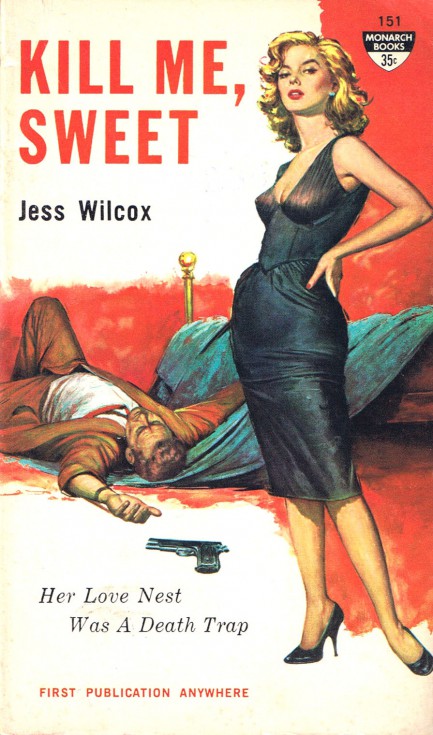
Two years ago we shared five covers of women standing over men they had just killed and mentioned that there were many examples in vintage cover art of that particular theme. Today we’ve decided to revisit the idea in order to reiterate just how often women in pulp are the movers and shakers—and shooters and stabbers and clubbers and poisoners and scissorers. Now if they do this about a billion more times they’ll really be making a difference that counts. French publishers, interestingly, were unusually fond of this theme—so egalitarian of them. That’s why many of the covers here are from France, including one—for which we admit we bent the rules of the collection a bit, because the victim isn’t dead quite yet—of a woman actually machine gunning some hapless dude. But what a great cover. We also have a couple of Spanish killer femmes, and a Dutch example or two. Because we wanted to be comprehensive, the collection is large and some of the fronts are quite famous, but a good portion are also probably new to you. Art is by the usual suspects—Robert Maguire, Barye Phillips, Alex Piñon, Robert Bonfils, Robert McGinnis, Rudolph Belarski, et al. Enjoy.
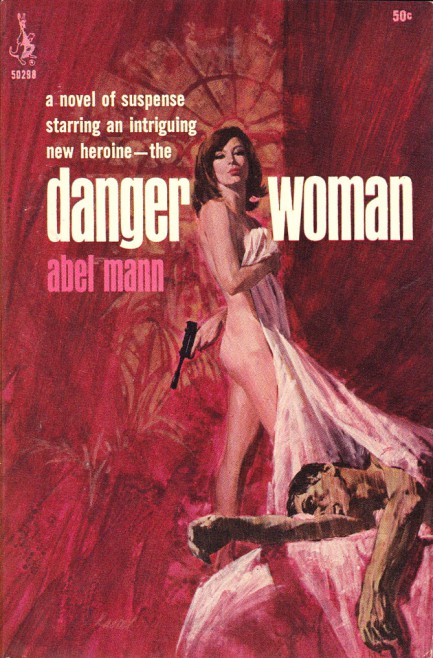 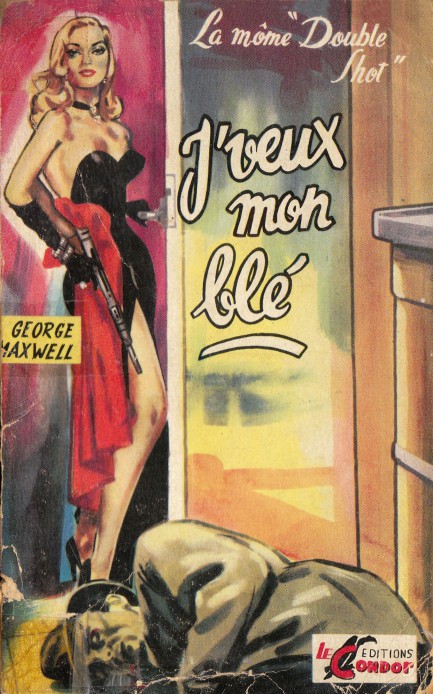 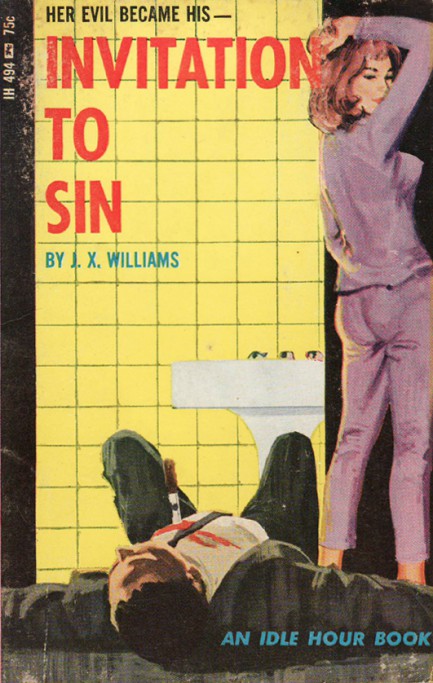 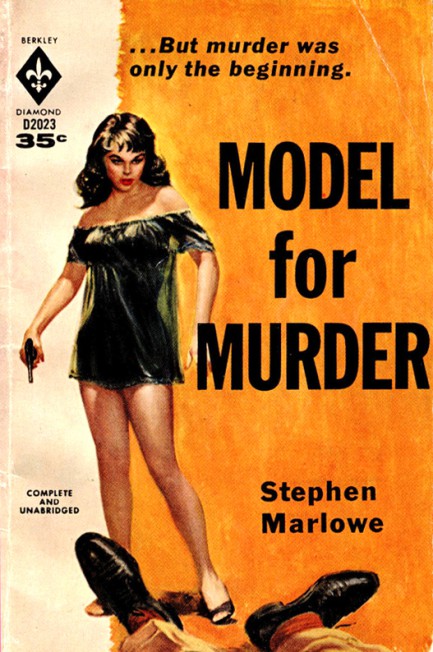 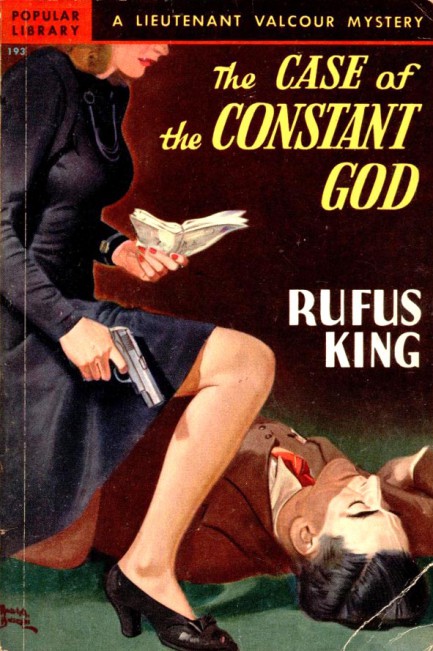  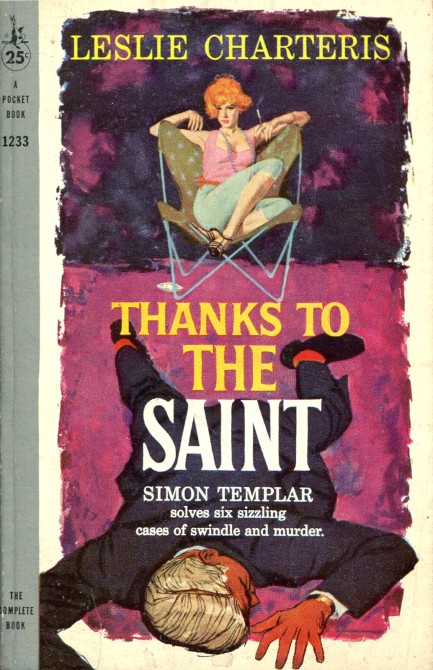 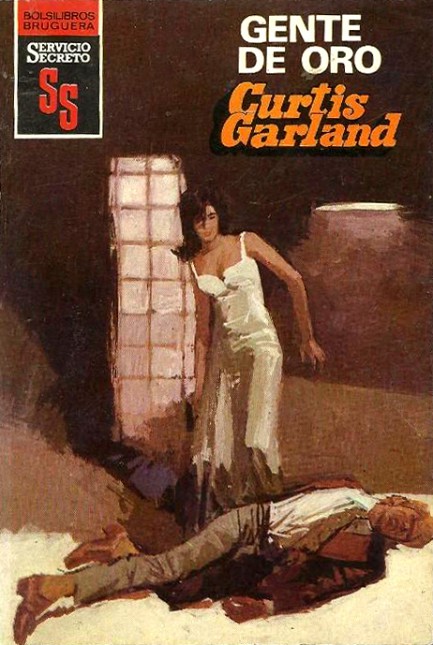 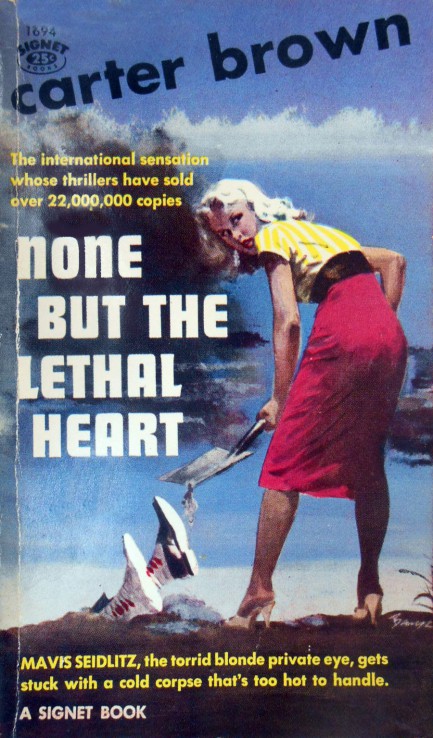 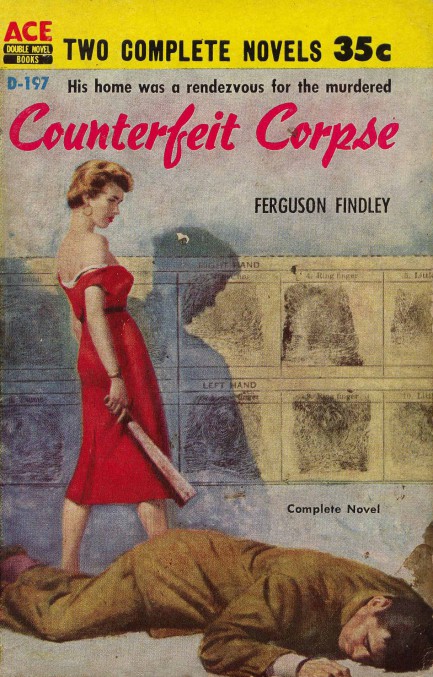 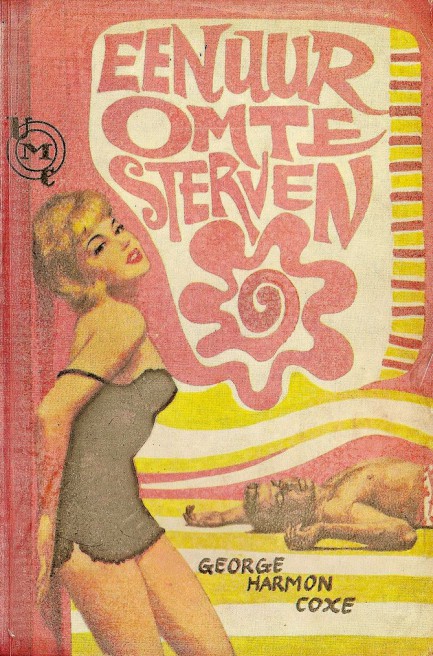 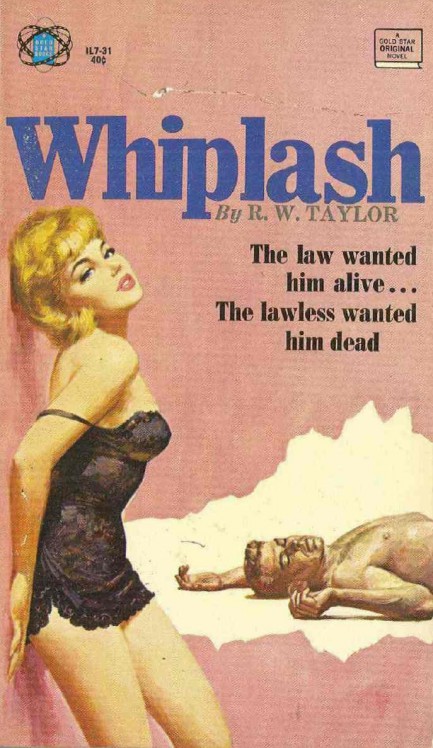 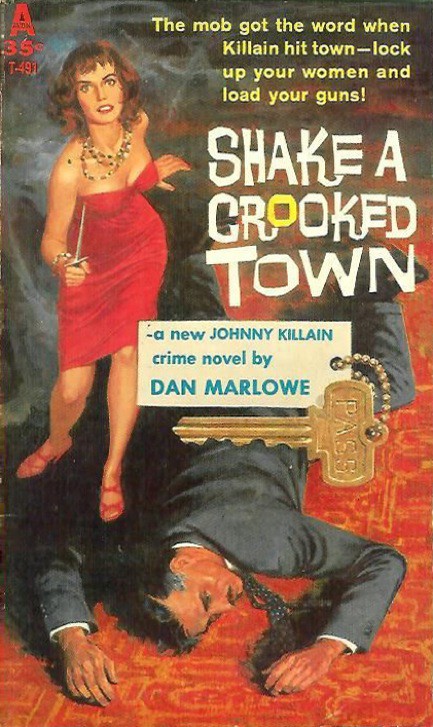 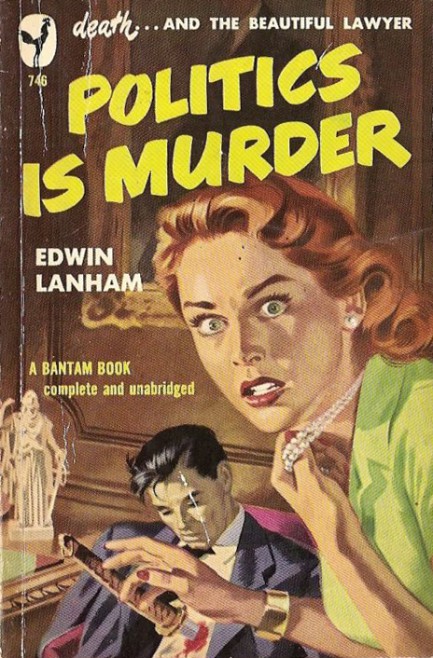 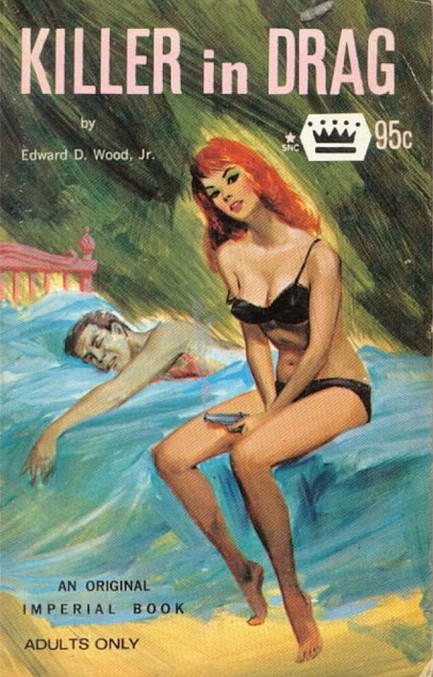 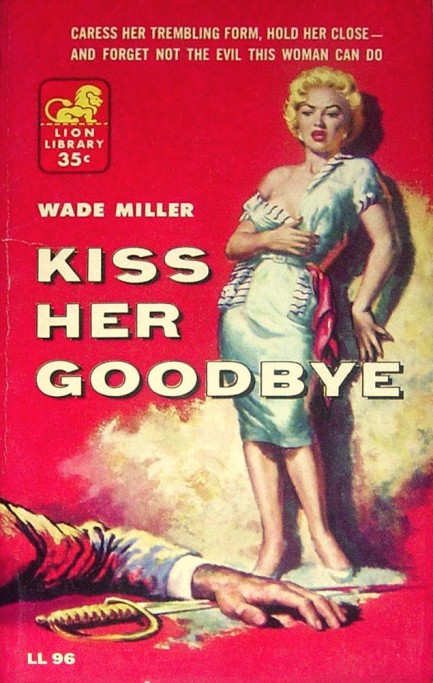 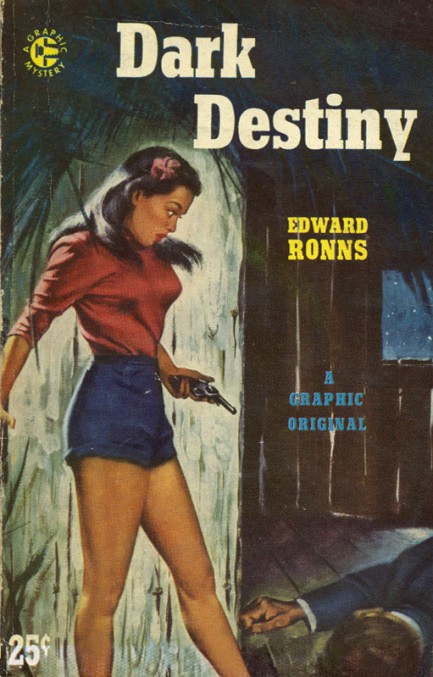 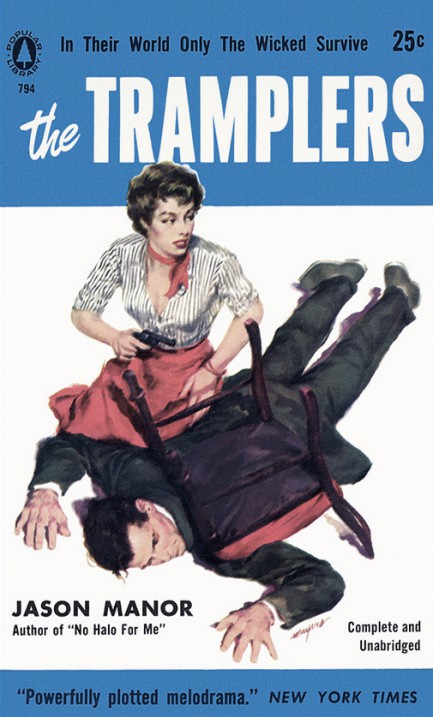 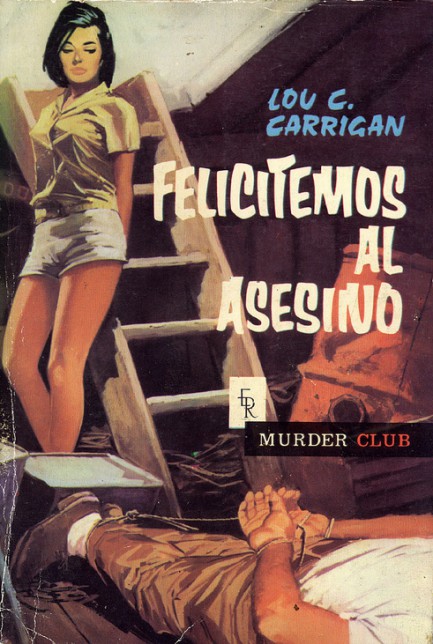 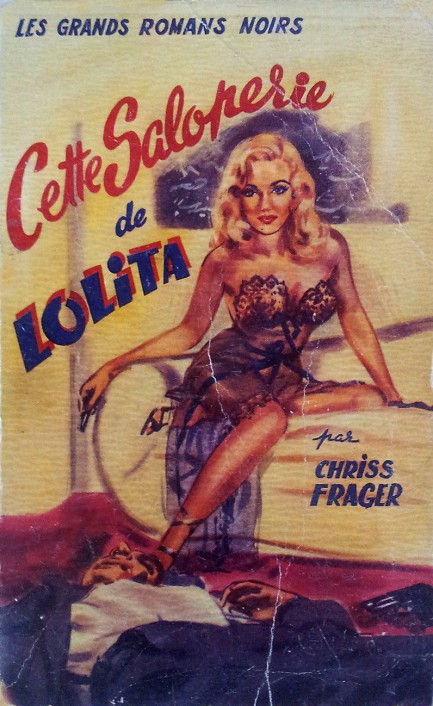 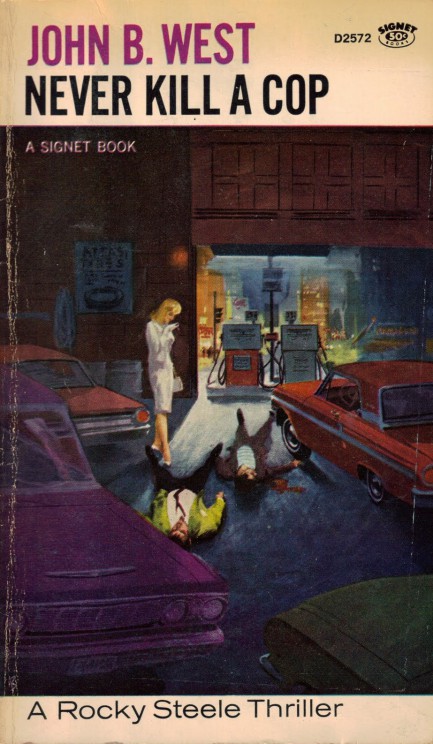 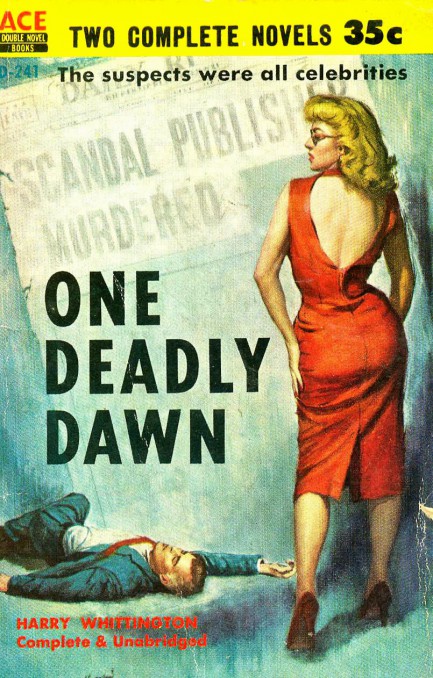 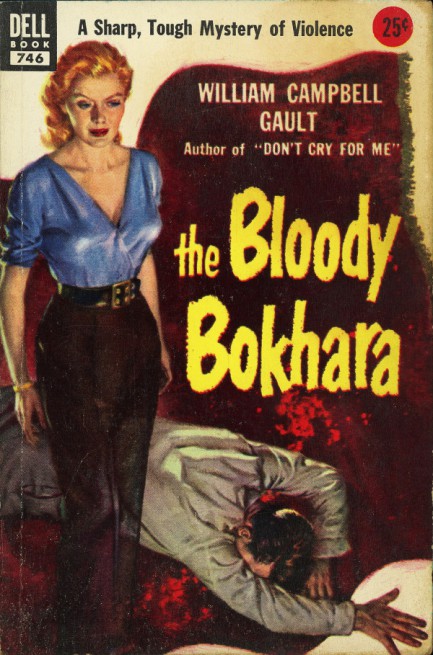 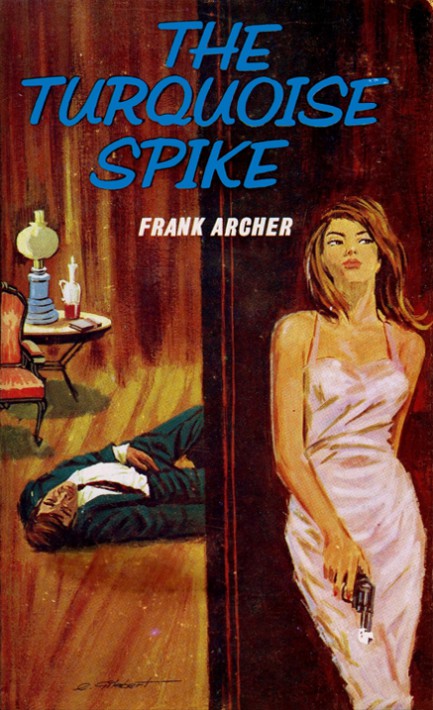 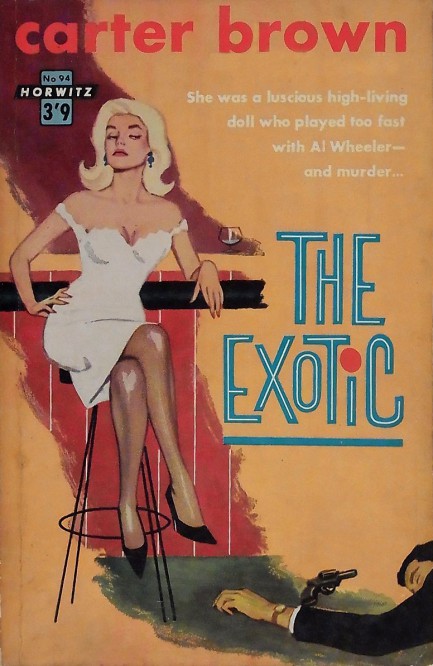 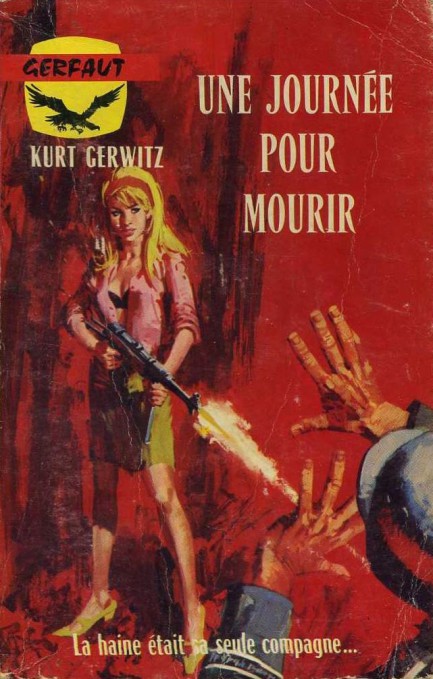 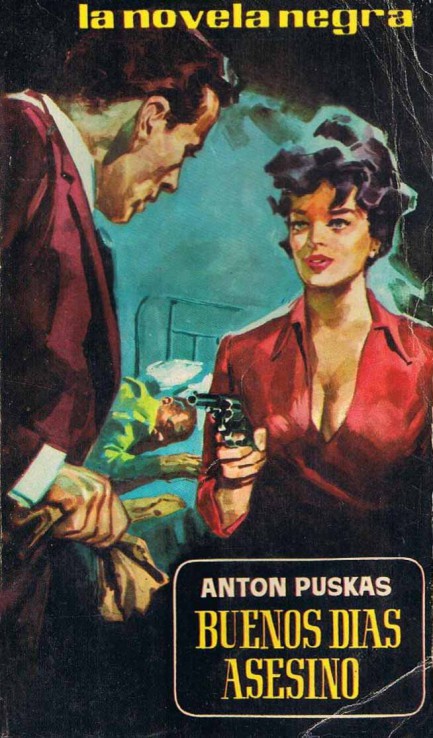 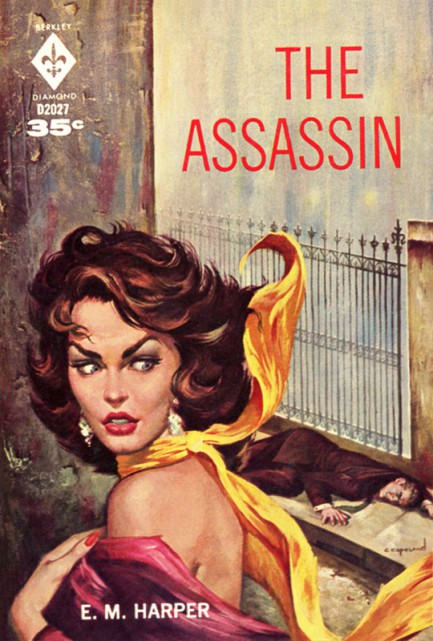 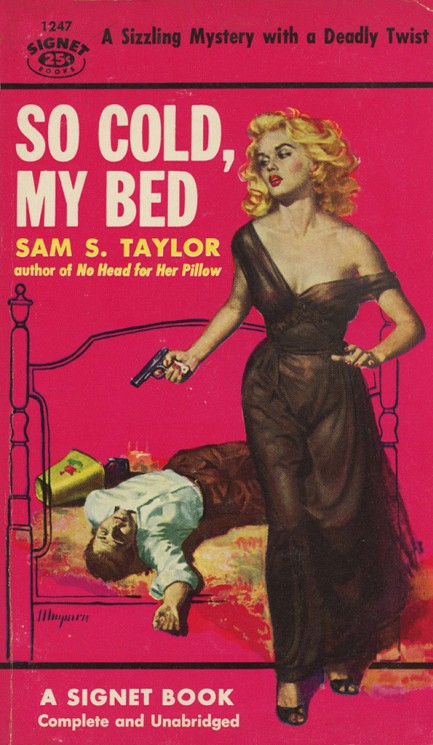 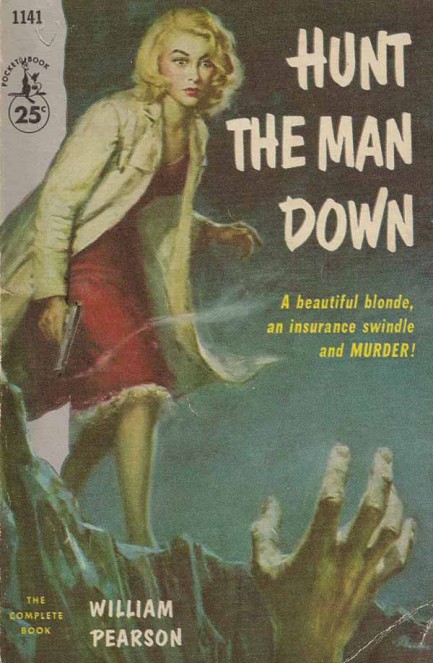 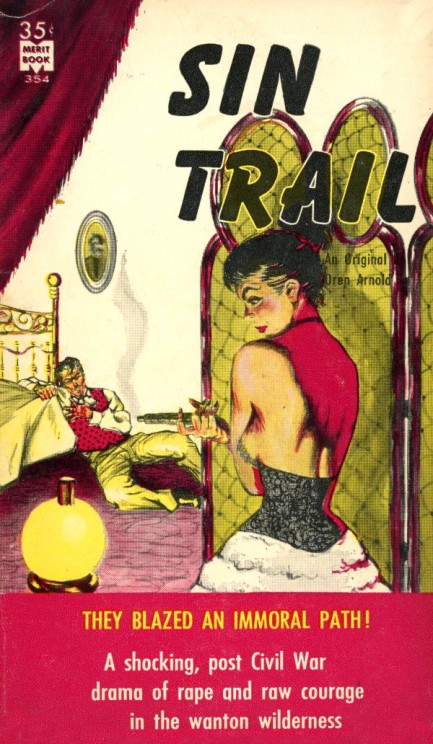 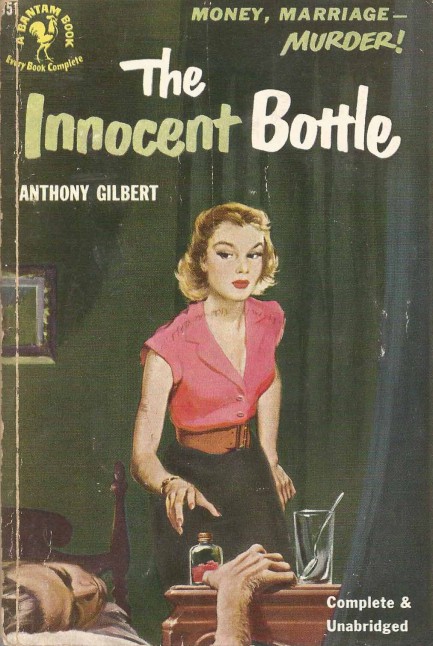 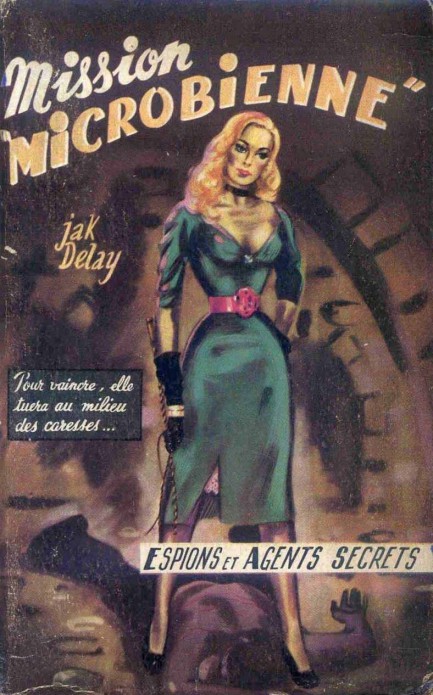 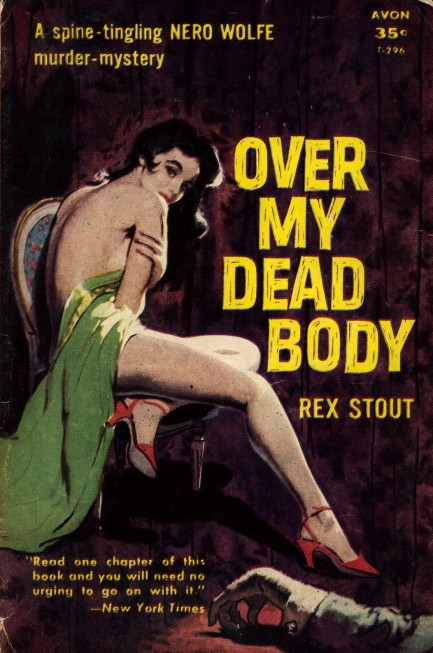 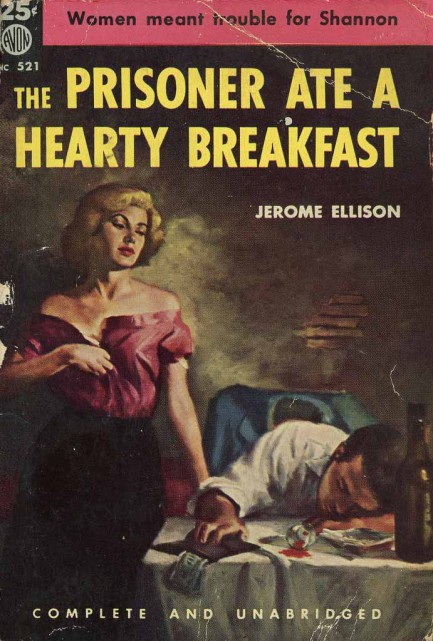  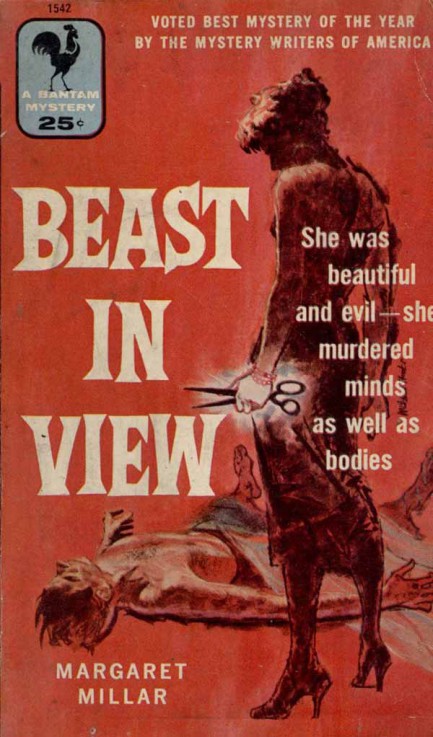 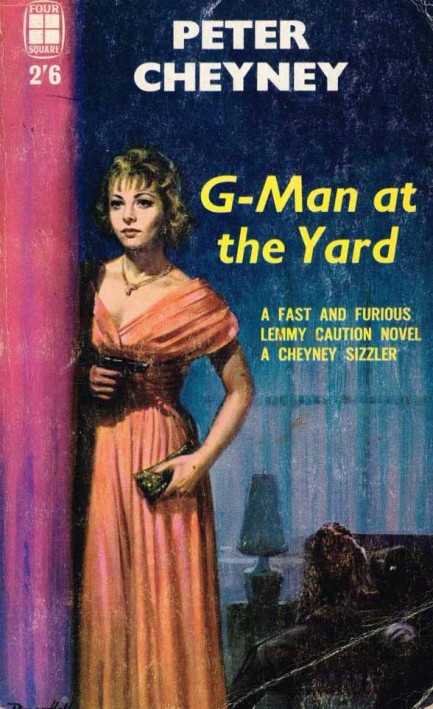
 Albert Nussbaum was good at almost everything—but what he really enjoyed was crime. 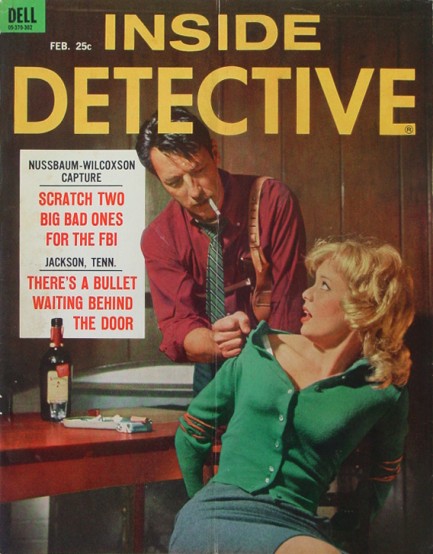
Above is an Inside Detective published February 1963, containing a feature on Albert Nussbaum and Bobby Wilcoxson, a pair of armed robbers who were among the most sought after fugitives of their time. Nussbaum was the brains of the operation, and was adept at chess and photography, and was a locksmith, gunsmith, pilot, airplane mechanic, welder, and draftsman. With his spatial and mechanical aptitude, many careers would have been available to him, but he chose instead to become a bank robber. Predictably, he was good at that too. Nussbaum and Wilcoxson knocked over eight banks between 1960 and 1962, taking in more than $250,000, which back then was the equivalent of more than two million. During a December 1961 Brooklyn robbery, Wilcoxson got an itchy trigger finger and machine-gunned a bank guard. The killing landed him on the FBI’s most wanted list. But even after the Feds distributed more than a million wanted posters and involved upwards of 600 agents in the case, they could locate neither him nor the elusive Nussbaum. The pair were just too smart.
But brains are not the same as intuition. Nussbaum was clever enough to arrange a meeting with his estranged wife right under the authorities’ noses, but apparently had no clue his mother-in-law was capable of dropping a dime on him. What followed was a 100 mph chase through the streets of Buffalo that ended only after a civilian rammed Nussbaum’s car.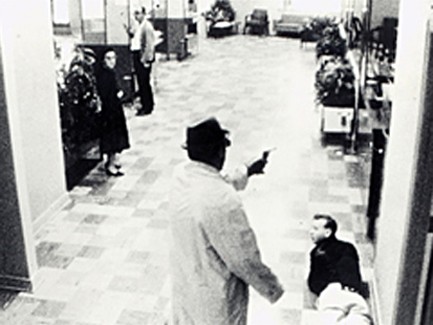 Wilcoxson was arrested soon afterward in Maryland, and both robbers were convicted of murder. But where Wilcoxson got the chair (a sentence which was commuted to life upon appeal), Nussbaum got forty years, which made him eligible for parole. Wilcoxson was arrested soon afterward in Maryland, and both robbers were convicted of murder. But where Wilcoxson got the chair (a sentence which was commuted to life upon appeal), Nussbaum got forty years, which made him eligible for parole.
Before being arrested Nussbaum had begun corresponding with mystery author Dan Marlowe, who encouraged him to put his experiences into fiction. He suddenly had plenty of time on his hands, so he wrote some short stories, and of course, he had an aptitude for that, too. With Marlowe’s help, he scored a gig writing film reviews for the Montreal magazine Take One, and after being paroled years later, wrote fiction that appeared in Ellery Queen’s Mystery Magazine, Alfred Hitchock’s Mystery Magazine, and other places. He and Marlowe eventually lived together, with Nussbaum acting as a sort of caretaker for his mentor, who was in failing health and suffering from amnesia. Marlowe died in 1987 and Nussbaum continued to write, as well as host workshops, and get himself elected president of the Southern California chapter of the Mystery Writer’s Association.
Truly, Albert Nussbaum’s story is one of the most interesting you’ll ever run across, and there’s much more to it than we covered here. Perhaps a suitable summation would be to say that before there was such a term as “street cred” Nussbaum had it in spades. His crimes resulted in a man’s death, and his later fame traded on the very experiences that led to that tragic event—unforgivable, on some level. But still, he proved that, given a second chance, some people are capable of making the most of it. Albert Nussbaum died in 1996, aged 62.
|
 |

The headlines that mattered yesteryear.
1945—Churchill Given the Sack
In spite of admiring Winston Churchill as a great wartime leader, Britons elect
Clement Attlee the nation's new prime minister in a sweeping victory for the Labour Party over the Conservatives. 1952—Evita Peron Dies
Eva Duarte de Peron, aka Evita, wife of the president of the Argentine Republic, dies from cancer at age 33. Evita had brought the working classes into a position of political power never witnessed before, but was hated by the nation's powerful military class. She is lain to rest in Milan, Italy in a secret grave under a nun's name, but is eventually returned to Argentina for reburial beside her husband in 1974. 1943—Mussolini Calls It Quits
Italian dictator Benito Mussolini steps down as head of the armed forces and the government. It soon becomes clear that Il Duce did not relinquish power voluntarily, but was forced to resign after former Fascist colleagues turned against him. He is later installed by Germany as leader of the Italian Social Republic in the north of the country, but is killed by partisans in 1945. 1915—Ship Capsizes on Lake Michigan
During an outing arranged by Western Electric Co. for its employees and their families, the passenger ship Eastland capsizes in Lake Michigan due to unequal weight distribution. 844 people die, including all the members of 22 different families. 1980—Peter Sellers Dies
British movie star Peter Sellers, whose roles in Dr. Strangelove, Being There and the Pink Panther films established him as the greatest comedic actor of his generation, dies of a heart attack at age fifty-four.
|

|
|

It's easy. We have an uploader that makes it a snap. Use it to submit your art, text, header, and subhead. Your post can be funny, serious, or anything in between, as long as it's vintage pulp. You'll get a byline and experience the fleeting pride of free authorship. We'll edit your post for typos, but the rest is up to you. Click here to give us your best shot.

|
|



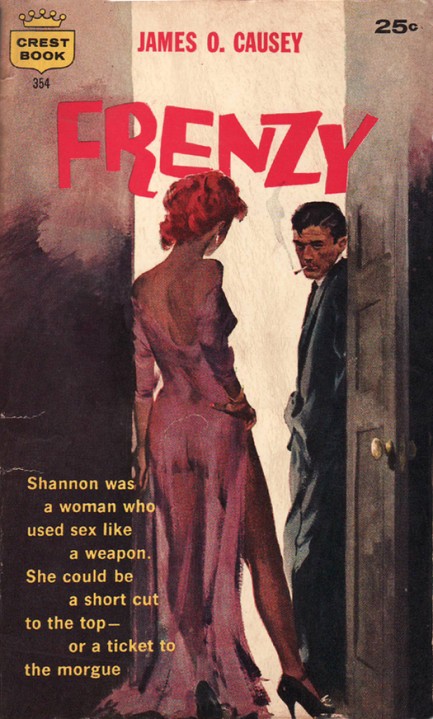
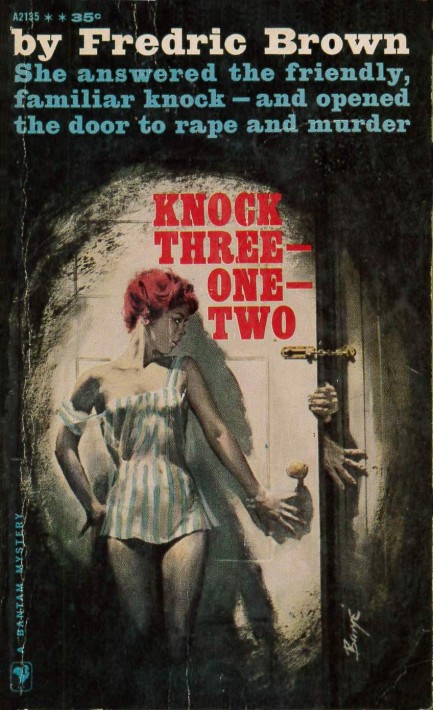
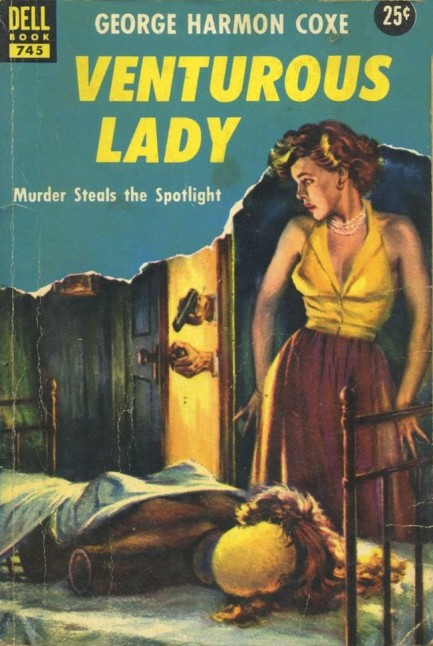
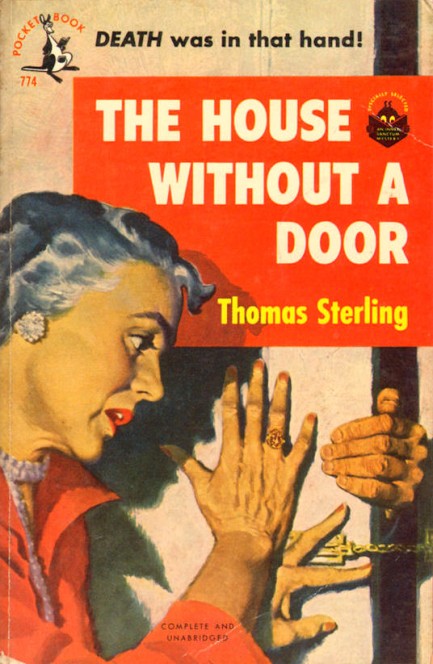
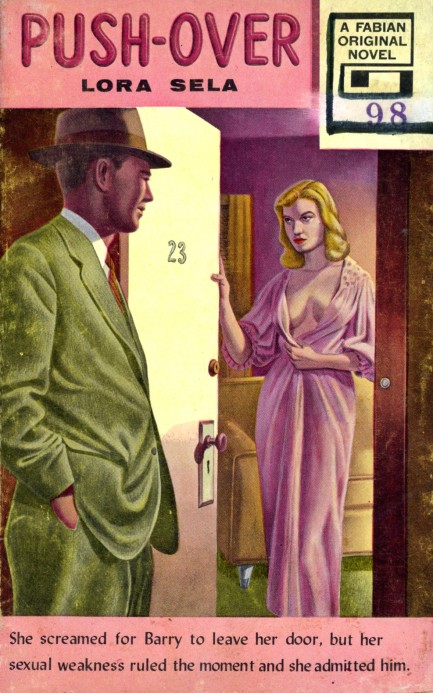
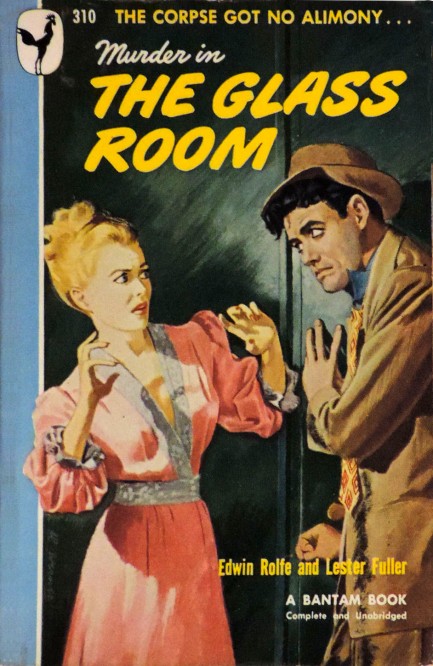
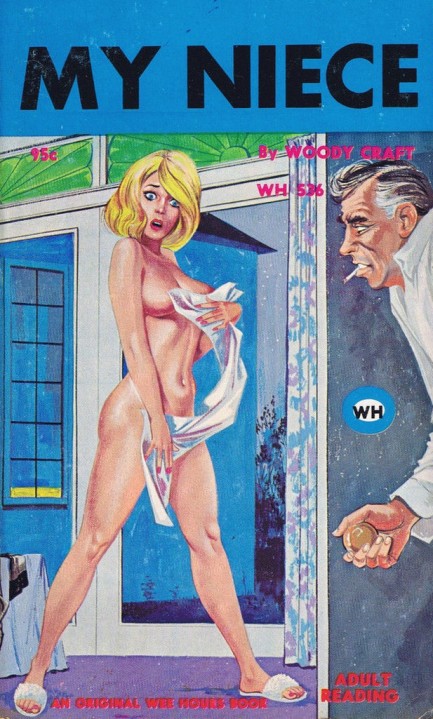
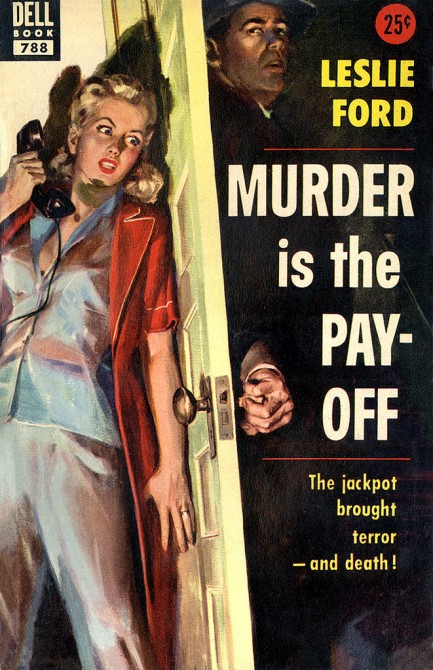
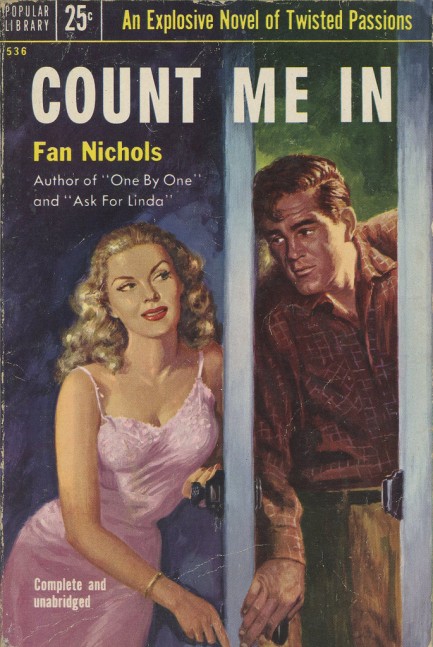
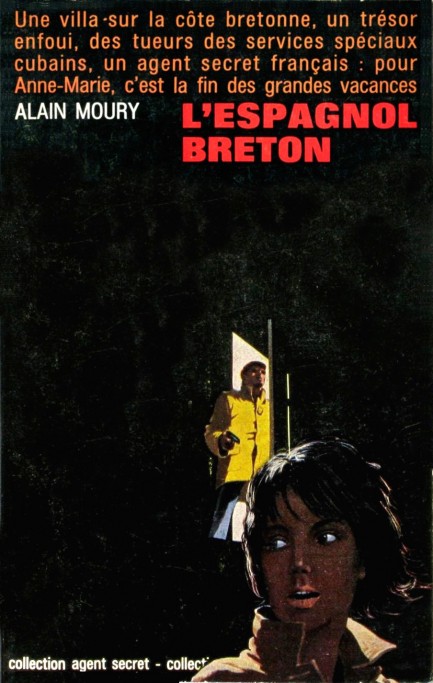
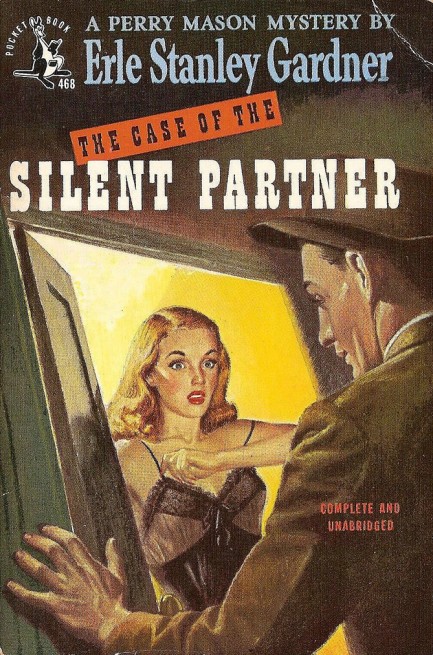
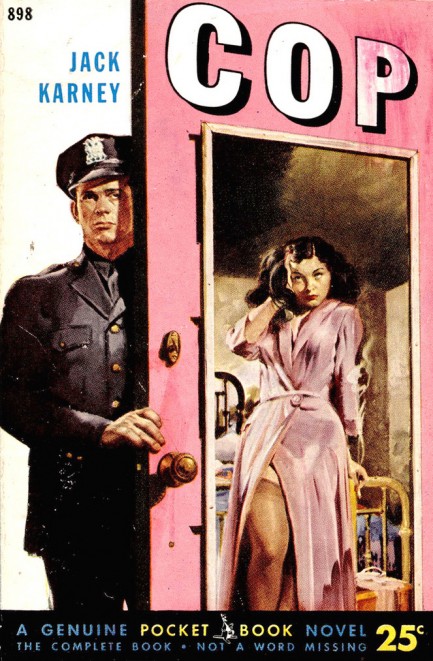
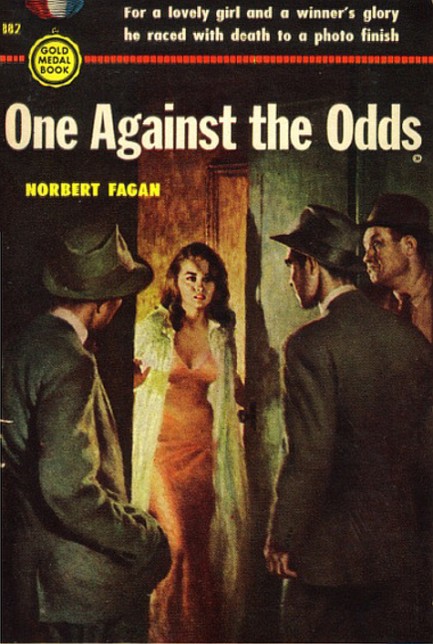
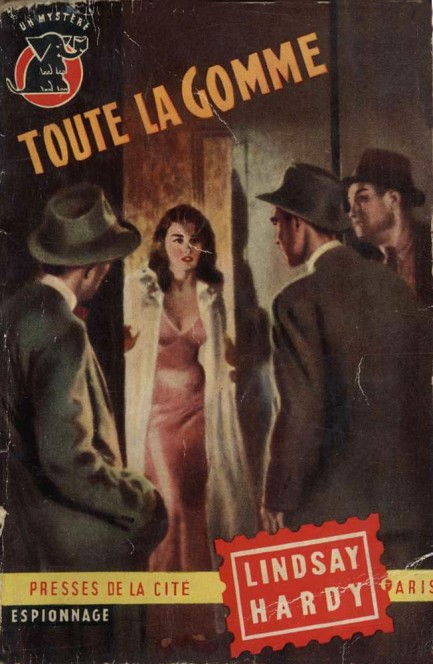
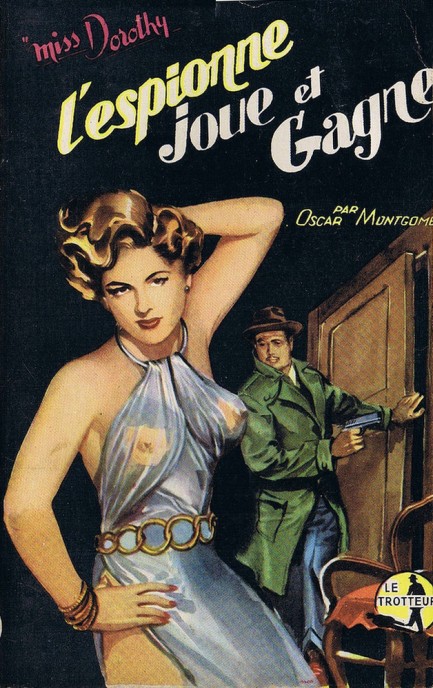
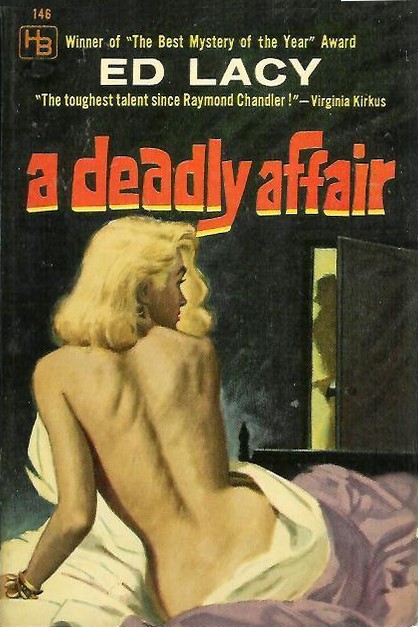
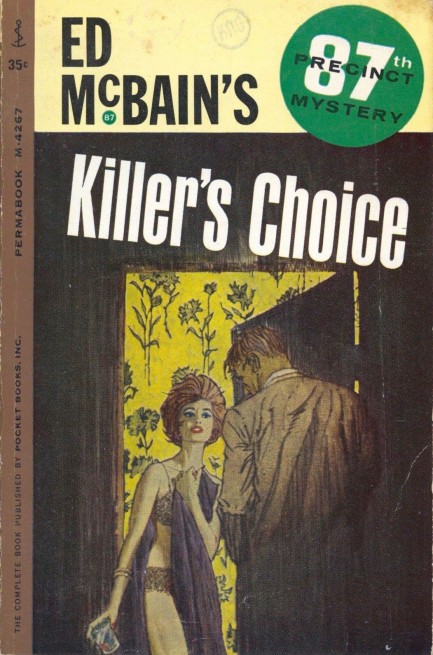















































 Wilcoxson was arrested soon afterward in Maryland, and both robbers were convicted of murder. But where Wilcoxson got the chair (a sentence which was commuted to life upon appeal), Nussbaum got forty years, which made him eligible for parole.
Wilcoxson was arrested soon afterward in Maryland, and both robbers were convicted of murder. But where Wilcoxson got the chair (a sentence which was commuted to life upon appeal), Nussbaum got forty years, which made him eligible for parole.



































































